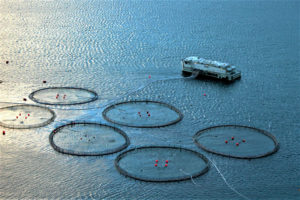
Precision fish farming: A new framework to improve aquaculture, Part 2
Proof-of-concept studies for precision fish farming would be easier in laboratories, but demonstrating effects in full-scale farming conditions is critical.
Shrikumar Suryanarayan delivers his PechaKucha presentation at the Global Aquaculture Alliance's annual GOAL conference, held this year in Chennai, India.

Proof-of-concept studies for precision fish farming would be easier in laboratories, but demonstrating effects in full-scale farming conditions is critical.
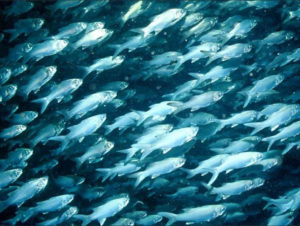
A review of technology usage in finfish aquaculture, future application possibilities for precision fish farming (PFF) and guidelines for research.
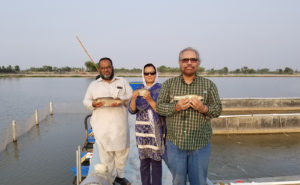
In-pond raceway systems have potential to improve farmed fish production in Pakistan. Production of grass carps, rohu carps and tilapia is being tested.
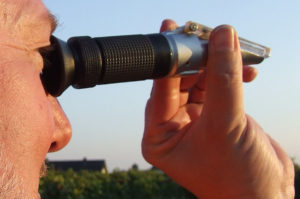
Prof. Boyd on how to measure salinity in aquaculture, examining electrical conductivity (specific conductance), density, chlorinity and refractive index.
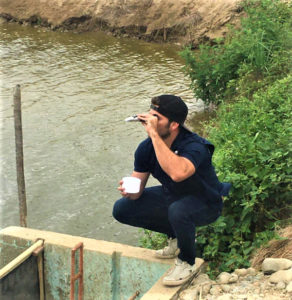
Prof. Boyd discusses the various definitions of salinity as an environmental factor of importance which, in aquaculture settings, can be easily measured.
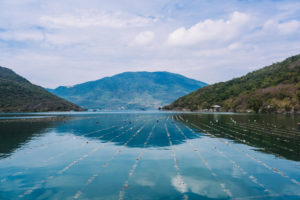
Josh Goldman is on a mission to reproduce asparagopsis, a tropical seaweed that could have a significant impact on global greenhouse gas emissions.
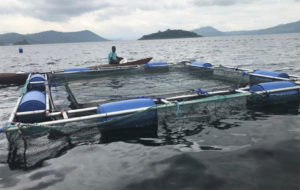
The U.S. Soybean Export Council explores export opportunities in sub-Saharan Africa, finding the region holds “much potential” for aquaculture growth.

Oyster producers learn to adapt in a Delaware Bay ecosystem that's critical for endangered shorebirds and highly protected horseshoe crabs.
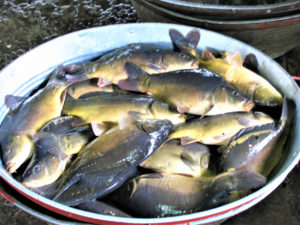
European carp stocking densities impact growth performance, water quality and yield of leafy vegetables in a low-tech aquaponics pilot system.
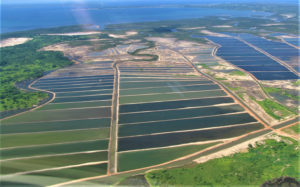
Prof. Boyd discusses the role of bacteria in the biological dynamics of ponds as essential for maintaining proper ecological function and adequate water quality.
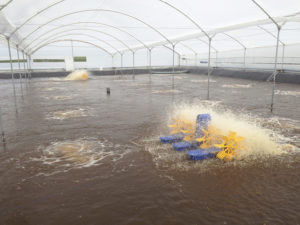
Study shows that microalgae assists the stability of small-scale RAS, and that microalgae can be used to manipulate the bacterial community.
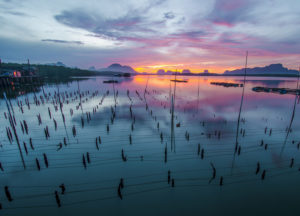
Blue Growth is as an integral part of sustainable global development and the Food and Agriculture Organization's Sustainable Development Goals as they relate to conservation of marine resources.
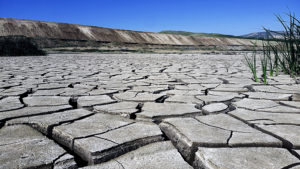
Study of potential impact of observed climate change on the yields of 10 global crops show a likely 1 percent average reduction in consumable food calories.
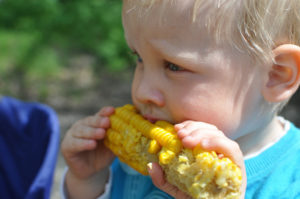
This study shows that the global agricultural system currently overproduces grains, fats and sugars while production of fruits and vegetables and protein [including seafood] is insufficient to meet the current population’s nutritional needs.
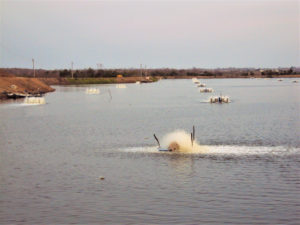
Prof. Boyd discusses concentrations and abundance of diverse substances dissolved and suspended in water, which may be either very large or extremely small.